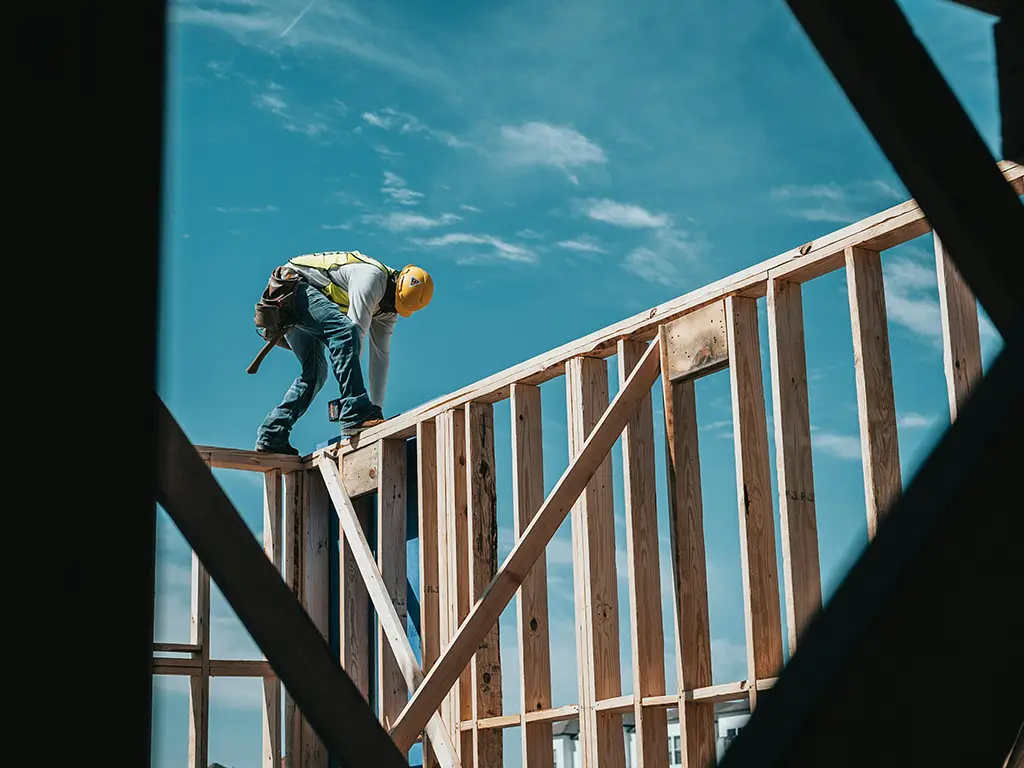Share This Article
Cincinnati has experienced a notable development boom in recent years, with new projects transforming the city’s landscape and economy. From revitalized neighborhoods to burgeoning business districts, the city appears to be on an upward trajectory. However, this growth raises critical questions about who truly benefits and who may be marginalized in the process.
The Boom: What’s Driving Cincinnati’s Growth?
Cincinnati’s economic resurgence is fueled by a combination of corporate investment, population growth, and infrastructure improvements. Large companies like Kroger, Procter & Gamble, and Fifth Third Bank continue to expand their operations, creating jobs and attracting a new wave of professionals to the city. Meanwhile, the transformation of key neighborhoods such as Over-the-Rhine (OTR) and The Banks has made Cincinnati a more attractive place to live and work.
A major factor driving this development is immigration. Between 2022 and 2023, the Cincinnati area welcomed over 6,500 international migrants, many of whom came from India, Mexico, and China. Immigrants are not only filling labor shortages in key industries like healthcare, technology, and manufacturing, but they are also contributing to the city’s economy by starting businesses and increasing demand for housing. This influx of people has played a vital role in reversing population stagnation and ensuring that Cincinnati remains competitive with other midwestern cities.
At the same time, new infrastructure projects, including the Brent Spence Bridge corridor expansion, aim to support the city’s growing population by improving connectivity and transportation options. As Cincinnati becomes a hub for both corporate headquarters and entrepreneurial ventures, the demand for housing has skyrocketed, leading to a wave of high-end apartment and condo developments across the city.
The Winners: Who’s Benefiting from Cincinnati’s Growth?
For developers and real estate investors, Cincinnati’s rapid growth has been a windfall. Rising property values and increased demand for housing have allowed landlords to charge higher rents and developers to secure lucrative deals. Luxury high-rises and renovated historic buildings have reshaped downtown and nearby neighborhoods, catering to high-income professionals who can afford premium living spaces.
The city government has also benefited. Higher property values mean increased tax revenues, which provide more funding for public services and infrastructure. City officials point to the economic boom as proof that Cincinnati is heading in the right direction, citing job creation, business expansion, and a strengthened urban core.
Corporate employers, particularly in finance and tech, are another group reaping the rewards of Cincinnati’s development. As more professionals move into the city, companies are gaining access to a larger, more skilled workforce, which helps them remain competitive in an evolving economy.
The Losers: Who’s Being Left Behind?
However, not everyone is sharing in Cincinnati’s economic success. Longtime residents, particularly those in historically working-class neighborhoods, are feeling the squeeze as gentrification drives up property taxes and rental costs. Many low-income families who have lived in areas like OTR for generations are now struggling to afford the rising cost of living. Affordable housing is becoming scarce, pushing many residents to relocate to the city’s outskirts, where job opportunities and public transportation access are more limited.
Small business owners are also feeling the effects of development. While some have thrived due to increased foot traffic, others have been priced out as commercial rents soar. Independent shops and local restaurants that once defined Cincinnati’s character are increasingly being replaced by national chains and high-end establishments catering to wealthier newcomers.
Immigrant communities, despite their contributions to the local economy, face uncertainty due to shifting federal immigration policies. While immigration has helped bolster Cincinnati’s workforce and economic growth, policies aimed at restricting immigration could slow this progress. Cities across the U.S. that have relied on immigrant populations for economic expansion now worry that restrictive policies could lead to labor shortages and stalled development projects.
How Trump’s Policies Could Impact Cincinnati’s Growth
National political shifts have the potential to impact Cincinnati’s development in significant ways. Former President Donald Trump’s immigration policies—if reinstated—could lead to reduced workforce participation among immigrants, stalling growth in key industries that rely on international talent. The construction sector, for example, has already struggled with labor shortages, and further restrictions could delay new housing developments and infrastructure projects.
Economic policies also play a role. Trump’s previous administration emphasized tax cuts and deregulation, which many large corporations favored. If a similar approach is taken again, Cincinnati’s business-friendly environment could attract more corporate investment. However, if federal policies lead to cuts in social programs or urban development funding, the city’s lower-income residents may find themselves with even fewer resources to keep up with the rising cost of living.
Looking Ahead
Cincinnati’s growth presents both opportunities and challenges. While development has injected new energy into the city and strengthened its economy, it has also widened economic disparities, raising questions about how the city can balance prosperity with inclusivity. Without thoughtful planning, the city risks becoming unaffordable for many of the people who helped shape its identity.
Moving forward, local leaders must find ways to ensure that growth benefits all residents. This could mean implementing policies to preserve affordable housing, offering tax incentives for small businesses, and investing in public transportation to make it easier for displaced residents to access job opportunities in the urban core.
Cincinnati is at a turning point. If development continues at its current pace without addressing these disparities, the city could face the same affordability crisis seen in cities like San Francisco and Austin. But with the right strategies, it has the potential to be a model for balanced and inclusive urban growth.
Stay tuned to The Cincinnati Exchange for ongoing analysis of Cincinnati’s growth, who benefits, and who risks being left behind.



